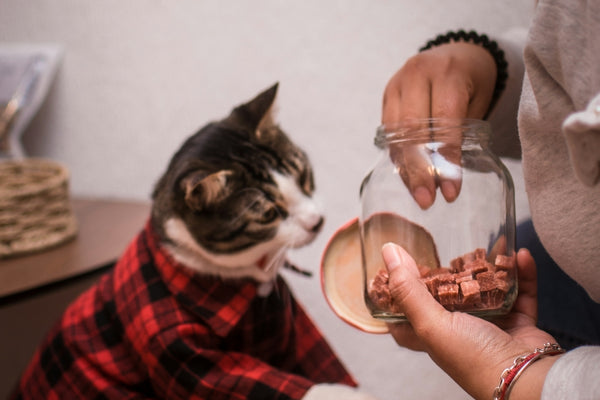Understanding your pet's behavior is crucial for building a strong, trusting relationship with them. Whether you’re a new pet owner or have had pets for years, learning to interpret your furry friend's actions can greatly enhance your connection. In this blog post, we'll explore the various aspects of pet behavior and offer practical strategies for addressing common issues.
Why Understanding Pet Behavior Matters
Pets communicate through their behavior, and understanding this non-verbal language can help prevent misunderstandings. It informs you of their needs and emotions, improving their wellbeing and your coexistence.
Common Pet Behaviors and Their Meanings
Dogs
- Barking: A dog barks for numerous reasons, including fear, excitement, or the need to alert their owner.
- Chewing: Often a sign of boredom or anxiety, chewing can also help dogs alleviate teething discomfort or explore their environment.
- Tail Wagging: Not always a sign of happiness — the context of the wagging needs to be considered. A low, slow wag might indicate insecurity, while a fast, broad wag often signifies joy.
Cats
- Purring: While commonly associated with contentment, cats also purr when in pain or stressed to self-soothe.
- Scratching: This natural behavior helps cats trim their nails, mark territory, and stretch.
- Meowing: Cats meow to communicate with humans, and the tone and frequency can indicate different needs or emotions.
Products to Support Better Pet Behavior
Incorporating the right tools can assist in behavior management and improve your pet's overall experience.
- No Pull Dog Harness Front Clip Heavy Duty Reflective Easy Control Handle for Large Dog Walking: Ideal for training dogs to walk properly on a leash, this harness can reduce pulling and increase comfort during walks.
- Zone Tech Dog Car Barrier - 47x34" Vehicle Mesh Net for Safe Travel with Pets: Ensures a safe and distraction-free journey by keeping your pet secure in the backseat area.
- Natural Care Advanced Mobility Chews for Dogs - Liver Flavor, 45 Count - Hip & Joint Support: Enhances your dog's joint health, potentially reducing discomfort that might lead to changes in behavior.
These products, available through My Pet Collective, are designed to provide comfort and safety, aiding in behavior management.
Tips for Understanding and Modifying Pet Behavior
- Observe and Record: Note times, environments, and triggers for specific behaviors to better understand patterns.
- Positive Reinforcement: Use treats and praise to encourage desirable behaviors, helping your pet associate them with positive outcomes.
- Consistency: Establishing routines can provide comfort and predictability, reducing anxiety.
Understanding and managing pet behavior takes patience and observation, but with the right approach, you can foster a loving and respectful relationship with your companion. For more tips and resources, visit My Pet Collective.








